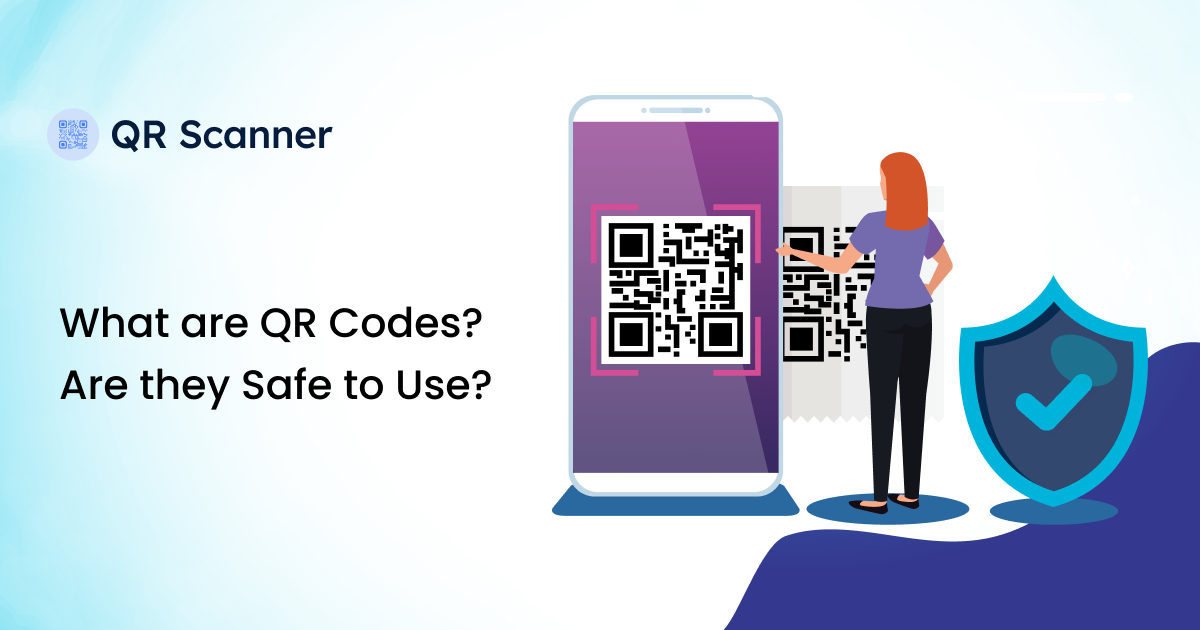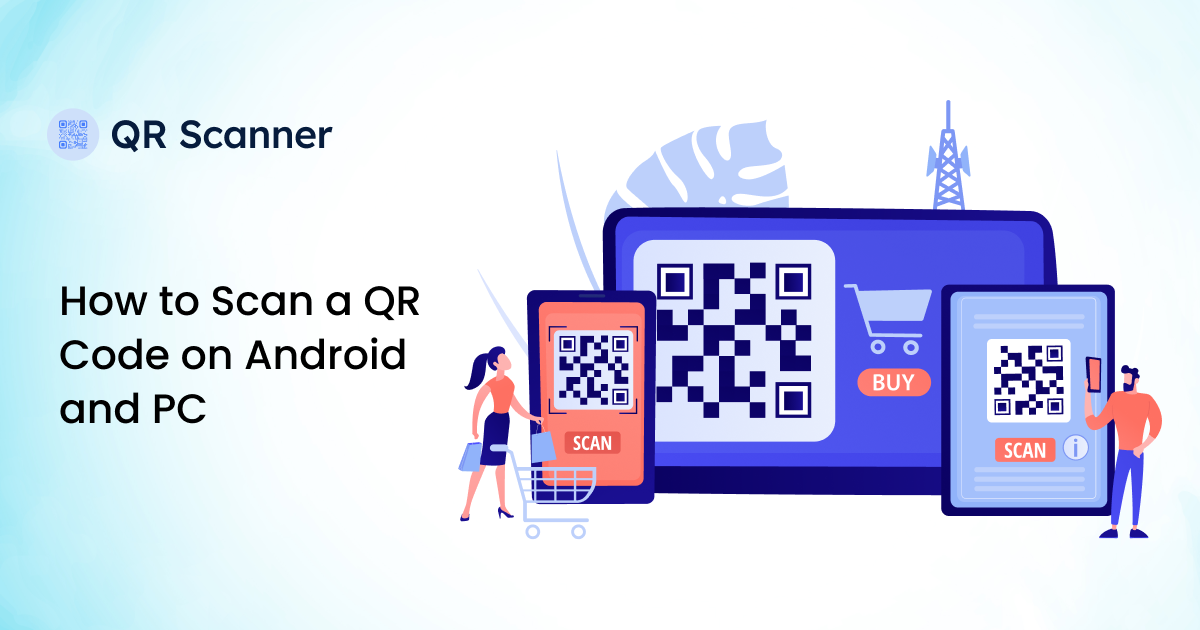5 QR Code Tactics for Maximizing Marketing Engagement

QR codes are not new, but their application in marketing is. Originally, QR codes were exclusively used for tracking parts of automobiles and machines. Now, they are also used in advertisements and promotions.
Today, we are going to check out how you can maximize marketing engagement with 5 QR code tricks.
QR Code Strategies For Maximizing Marketing Engagement
Five tactics are by no means a comprehensive list. You will find that there is always something new you can do to improve your engagement metrics. However, the five we are going to discuss here are some of the most useful tricks you can use.
1. Use Dynamic QR Codes
There are two major types of QR codes. Static and dynamic. Static QR codes cannot change the data that they store. They will always link to the same web page or show the same information that was originally stored on them.
Dynamic QR codes can change the data that is stored on them. The QR code looks the same, but the data behind it can change. So, let’s say there is a QR code that links to a web page. With dynamic QR codes, you can update the QR code to point to a different web page if you like.
This has a lot of benefits in the marketing industry. A marketer can even print out a dynamic QR code on a pamphlet or poster and change the content behind it later. This helps them save costs and enables the reuse of the same codes over and over.
The most obvious advantage of dynamic QR codes is that you can link them to marketing content and keep it updated. This ensures that your audience is always getting the latest content only.
2. Link to Unique Content
QR codes can be created using a QR code generator to link to any number of things and store a variety of data. This means they are not limited to text, numbers, or links. One creative use of QR codes is augmented reality.
Since most people scan QR codes through their phones, you can store some animation data on the QR code that plays inside the phone screen. Pair this with creative posters and designs, and you will have some really unique content.
Here is a made-up example. You scan a QR code on an infographic through your phone, and a hand/sprite pops up that starts explaining the infographic or adding supplementary information via speech bubbles or even audio.
Just the novelty of the approach can help you generate leads.
3. Provide Clear CTAs with Your QR Codes
QR code marketing is quite reliant on calls to action. After all, QR codes need action to be useful. If you just leave a QR code in your marketing content, you won’t be able to get much engagement out of it. Most people will simply ignore the code as they will think of it as something optional.
With a clear call to action, you can change that outlook. By nature, people are more likely to do something if they are asked to do it. So, if you explicitly say scan the code, most people will whip out a QR scanner and get to work.
Just be sure not to use coercive language because that does not go over well with the audience. It can even repel them, and that is terrible for engagement. Make sure to use nice, respectable language, and you will be golden.
4. Provide Incentives to Scan the QR Codes
We mentioned in passing that people think of QR codes as optional. They might see them but not think of scanning them. While CTAs can solve that problem somewhat, they can’t solve it completely.
This is why you need to provide incentives to scan the QR codes. You don’t need to provide huge incentives; small but meaningful ones will work fine. For example, you can provide a 10% discount on a product for scanning the QR code.
You can also provide some additional information or access to bonus content in return for scanning the QR code. These kinds of incentives are great for enticing people to scan your QR codes and increase your marketing engagement.
5. Place QR Codes in Strategic Locations
The placement of QR codes is extremely important for driving engagement. No matter which method of advertisement and marketing you are using, improper placement of QR codes will result in little engagement.
Similarly, excessive use of QR codes is also bad as it gives the impression that you are forcing them upon the audience. As a rule of thumb, one QR code per entity is good enough.
For example, one QR code on product packaging is good enough. Placing it somewhere noticeable, such as the front or the back where instructions/ingredients are written, will ensure that the customer sees it.
On web pages, it is generally a good idea to put the QR code with the CTA. You can place it as a pop-up or somewhere around the halfway point of the web page. The actual best location will vary depending on the type of page and content, but these are just general instructions.
The point is that your QR code should be somewhere easily noticeable and not look out of place. This will ensure that your audience engages with it.
Also Read: What are Sample QR Codes for Testing
Conclusion
Marketing is a vast field, and that is why the tactics employed to bolster engagement are just as varied. QR codes are one of the most lucrative, cost-effective, and flexible marketing tools.
Using them wisely will result in great gains. With the tactics we have discussed in this article, you can ensure that your use of QR codes in marketing results in higher engagement.
Related Blogs

What are QR Codes? Are they Safe to Use?
Explore what QR codes are, how they work, and whether they are safe to use.

What Is a Barcode? How It Works, Benefits, and Common Uses
What Is a Barcode? How It Works, Benefits, and Common Uses

How to Scan a QR Code on Android and PC
Learn our comprehensive guide on How to Scan a QR Code on Android and PC